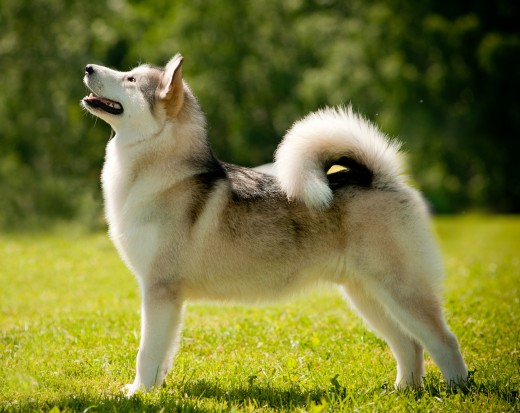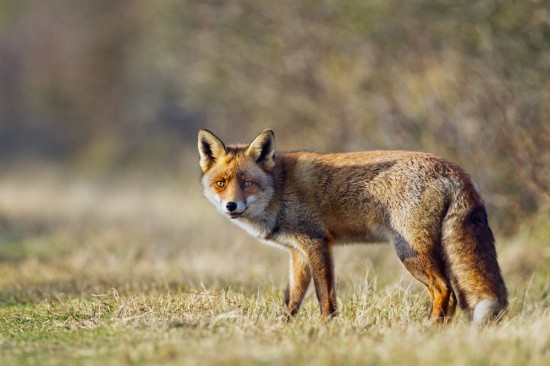
It goes without saying that this reptile has a very good reaction and iguana adaptation to be able to withstand and survive in captivity. This would indicate that the iguana has a fabulous iguana adaptation record although that doesn't mean that every single iguana or reptile known to man can be and quite often when other species of lizards are tried in captivity, they cease to thrive or survive. With that said however, lets take a look at one of the common and amazing iguana adaptations that are currently known and has published research information about.
The Green Iguana Adaptation
The green iguana is one of the most well researched and well-known iguanas to be held in captivity as well as in the wild. The green iguana adaptations are quite amazing in that there is nothing in the iguana that can maintain body temperature so in this manner, when the iguana is hot it must locate a cool area and rest there. Alternatively, because there is no internal regulator, the iguana adaptations must include the fact that when they need heat or light, they the iguana seeks out heat by basking in the hot sun or near a hot surface. It is in this manner that it is quite amazing that the green iguana adaptations must include the fact that it has to depend completely upon behavioral iguana adaptations to survive.
One of the most confused issues is the fact that the iguana adaptations do not include the under equipping of the iguana habitat because of the things that iguanas do not adapt well to is the lack of heat and light. These are two very essential elements to keeping the iguana in captivity and allowing it to achieve the proper iguana adaptations. It cannot be said enough how imperative proper lighting and heat elements are to the well being of any iguana whether in captivity or in the wild.
Some of the North American iguanas for example have demonstrated huge iguana adaptations by altering the diet that they consume. This reptile does best in tropical zones and North America doesn't offer much in the way of tropical areas however there are a few. These iguanas actually eat ants and other small insects as opposed to healthy algae and other sustaining nutrient giving substances that they can locate in the wild in tropical zones. Many zoo iguanas are fed such things as fruit, flowers and plants and are not typically an eater of other creature however, a major telltale iguana adaptation is that the North American iguanas do eat ants and other small creatures of the like to sustain themselves.
 Keeping Other People And Dogs Safe When You’re Out With Your Own Dog
Keeping Other People And Dogs Safe When You’re Out With Your Own Dog
 Is The Alaskan Malamute A Good Choice Of Domestic Pet?
Is The Alaskan Malamute A Good Choice Of Domestic Pet?
 What White Gums In Dogs Means
What White Gums In Dogs Means
 Are Wild Foxes A Danger To Your Pets?
Are Wild Foxes A Danger To Your Pets?
 5 Veterinary Schemes And Discounts That Can Save You Money On Your Pet’s Healthcare
5 Veterinary Schemes And Discounts That Can Save You Money On Your Pet’s Healthcare
 Tips On Coping With Puppy Teething Problems
Tips On Coping With Puppy Teething Problems
Copyright © 2005-2016 Pet Information All Rights Reserved
Contact us: www162date@outlook.com